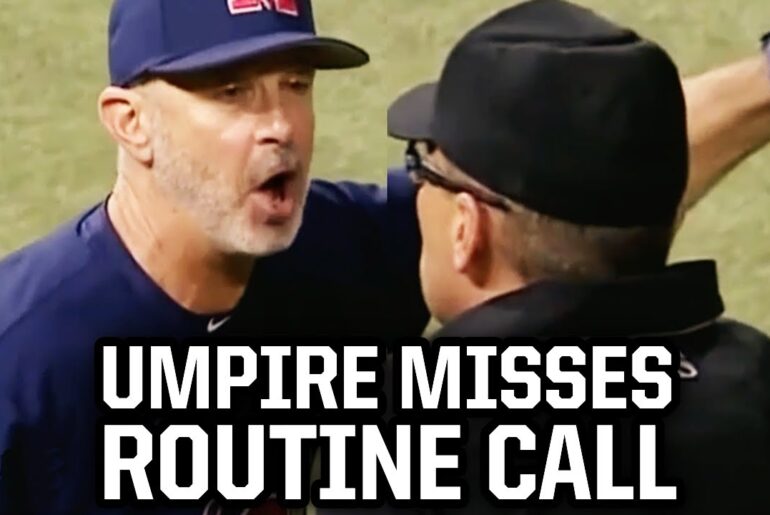In the world of baseball, gamesmanship has always been a fascinating element that adds an extra layer of strategy and excitement to the game. With the introduction of new pitch clock rules, players are finding creative ways to exploit these regulations to gain an advantage. This article delves into a recent game between the Red Sox and the Cardinals, highlighting the tactics employed by players and the impact of the pitch clock rules on the game.
The Pitch Clock Rules and Their Effect
The implementation of pitch clock rules has significantly influenced the dynamics of the game. In this particular game, Kenley Jansen, known as one of the slowest pitchers in recent years, had to adapt his delivery and mindset to comply with the new regulations. The pitch clock rules require both the batter and pitcher to make eye contact and be ready to play before a pitch can be thrown. This ensures fair play and optimal results on the field.
Exploiting the Rules: Contreras’ Gamesmanship
Willson Contreras, the batter for the Red Sox, cleverly exploits the pitch clock rules to gain an advantage over Jansen. Aware that Jansen tends to focus only on the batter’s upper body, Contreras strategically positions himself outside the batter’s box, making eye contact and getting ready to play. By doing so, he forces Jansen into violating the rules, resulting in a warning and later an automatic walk. Contreras effectively capitalizes on Jansen’s confusion and frustration.
The Umpire’s Role and Unintended Consequences
The umpire plays a crucial role in enforcing the pitch clock rules and ensuring fair play. However, the umpire’s interpretation of the rules can sometimes lead to unexpected consequences. In this game, the umpire calls out Jansen multiple times for violating the rules due to Contreras’ gamesmanship. Jansen finds himself bewildered, struggling to comprehend the intricacies of the new regulations.
Twist of Events: The Tying Run and Errant Throw
As the game progresses, the tension rises. A two-strike fastball is hit to the right field, resulting in the tying run reaching third base and the go-ahead run advancing to second base. To prevent a potential rally, the Cardinals intentionally walk the next batter, aiming for a force out to end the game. However, a subsequent double-play attempt goes awry due to an errant throw. The tying run scores, leaving fans ecstatic and players bewildered.
The Aftermath and Reflection
Despite the confusion caused by Contreras’ gamesmanship and the subsequent turn of events, the game comes to an end. Kenley Jansen, the pitcher, reflects on the experience, acknowledging that he has learned valuable lessons about the importance of being aware of all aspects of the game. Contreras, on the other hand, expresses satisfaction in his tactical approach to help his team secure the win.
Conclusion
The introduction of pitch clock rules in baseball has given rise to a new dimension of gamesmanship. Players like Willson Contreras seize the opportunity to exploit these regulations, challenging their opponents’ focus and timing. While the unintended consequences and moments of confusion add drama to the game, the players’ innovative strategies enhance the overall excitement. The evolving landscape of baseball continues to provide captivating narratives that keep fans engaged.



